Introduction
Envision a scenario where delivery occurs in half the typical time, providing unmatched effectiveness just when you need it. Imagine, for a moment, that the awkward conversation you had with the delivery man never happens. Delivery services have reached a whole new level thanks to modern technology, and they are now a daily necessity.
Orders can be placed with ease, delivered to your door by a delivery person, and the transaction completed with a single tap. Even in emergency situations, we naturally look for simple, fast fixes for our issues. But what if there was a way to benefit your friends, family, and even your community as a whole in addition to making the process easier for you? Come learn how robotics and drones have improved our lives in the areas of engineering, environment and disaster relief, medical and emergency services, and quick and easy customer service.
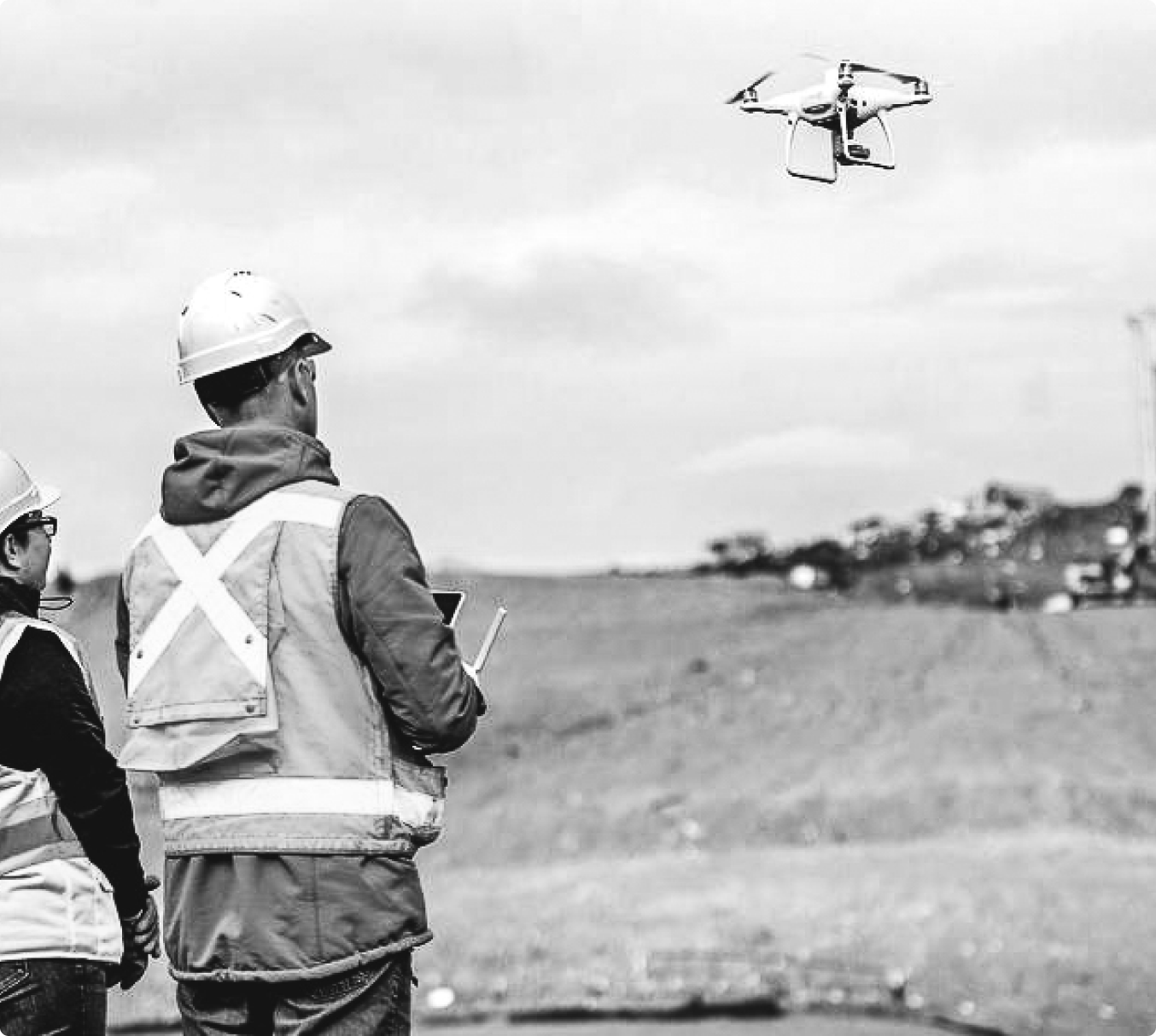
Mining
In the mining industry, supply chain management has been completely transformed by the use of drones and robots to transport vital infrastructure components to the engineering and construction sectors. For example, it is possible to fly small but essential parts directly to the project site, such as specialised tools, circuit breakers, or bots.
This eliminates the need for long ground transportation routes and delays, as well as reducing downtime for important projects. This technology is extremely precise and can guarantee that all tools and resources are dropped off precisely, even in complicated environments. It can navigate such settings safely and accurately, which makes it a valuable asset.
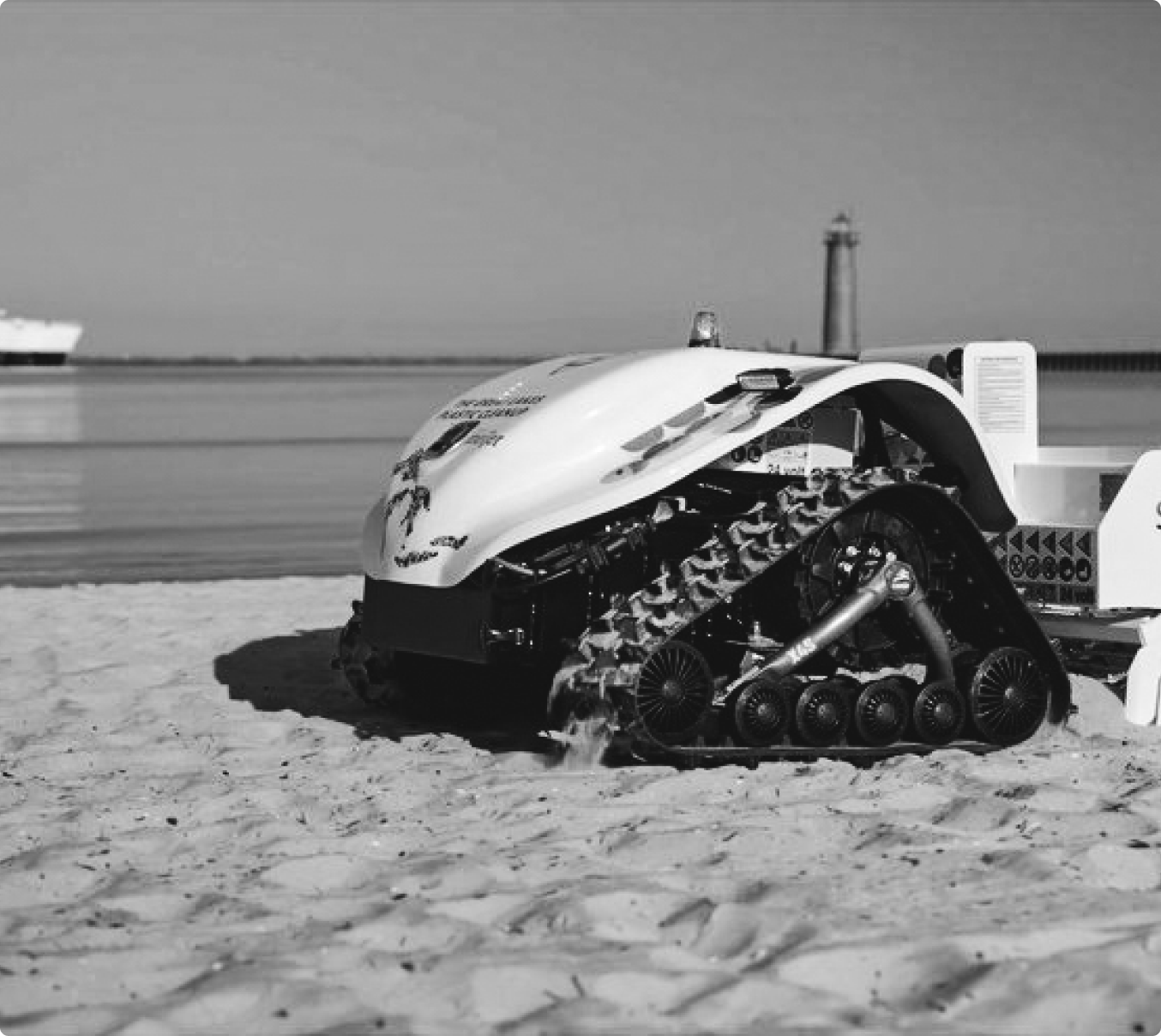
Sustainability
Drones and robots have completely changed efforts to promote environmental sustainability because they are equipped with cameras and sensors to transmit photos and information on the level of water, moisture, and other variables that are critical for determining environmental risks.
They also have light-spectrum filters installed, which log information on the origins and types of waste and contamination as well as environmental factors like temperature, radiation, and noise levels. Drones and robots have shown to be helpful in gathering data on a range of topics, such as erosion and deforestation, monitoring active volcanoes, assessing nuclear power plants after accidents, and scouting potentially dangerous areas like abandoned mine sites and threatened species.
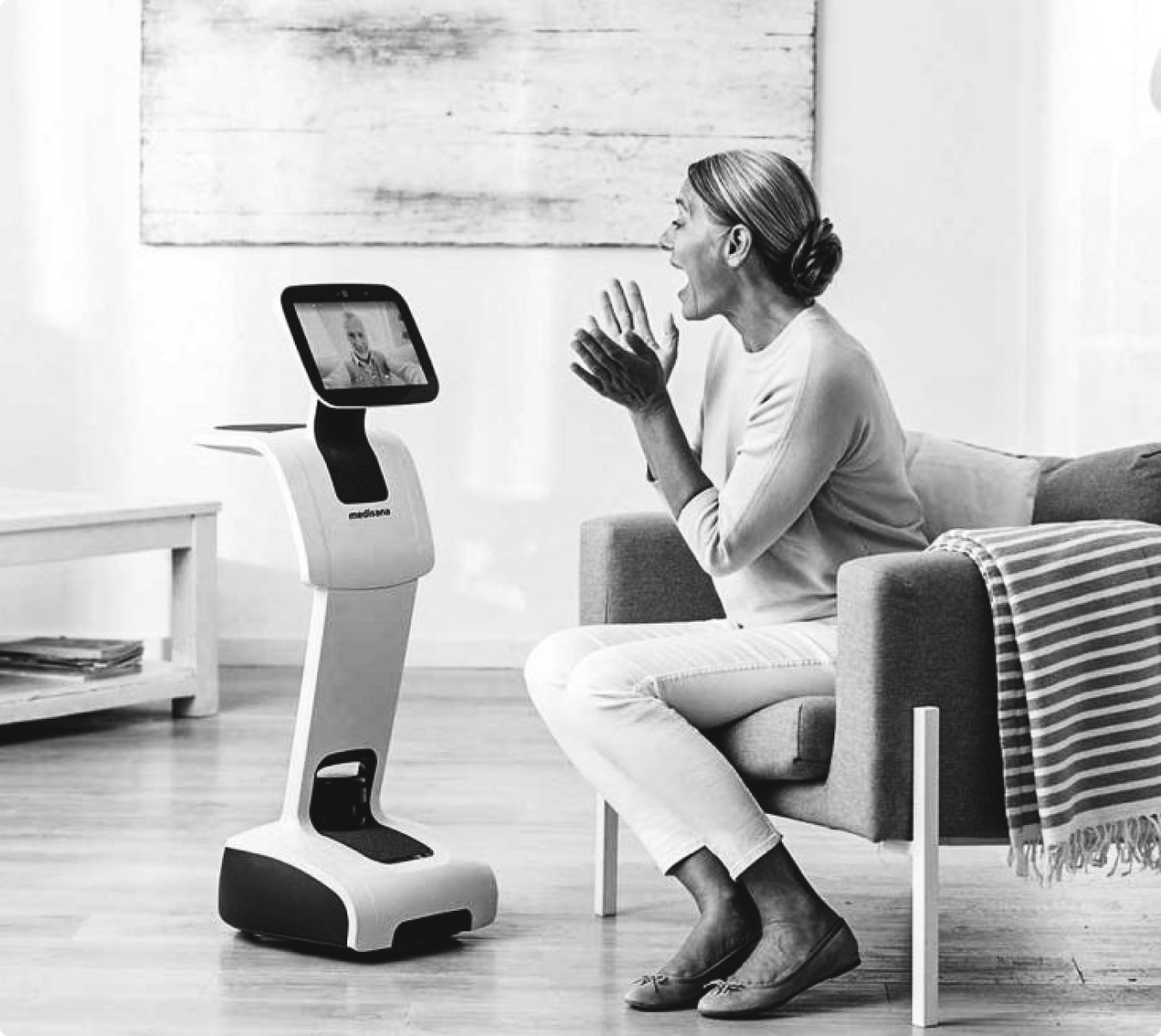
Medical
Robots and drones have made it possible to deliver vital medical supplies quickly, reducing delays brought on by congested roads or distant locations. increasing the effectiveness and efficiency of rescue efforts because drones can deliver life-saving supplies like defibrillators more quickly than ambulances. Not only can they save lives, but they also improve the quality of treatment and strengthen the durability of the healthcare system, especially in remote or impoverished regions.
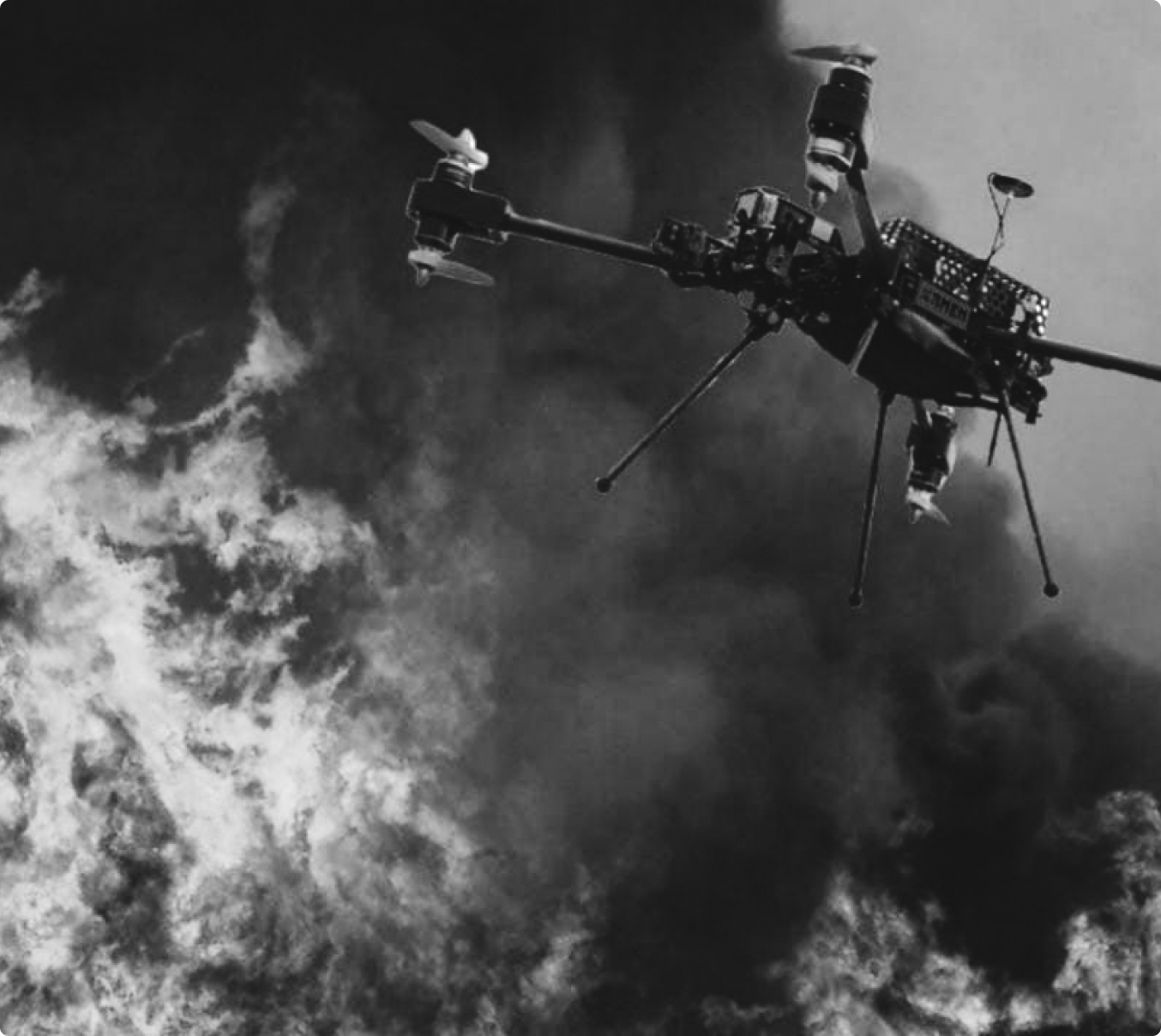
Disaster Relief
Drones and robots, like sustainability initiatives, facilitate the rapid and efficient distribution of aid during natural disasters, particularly when other modes of transportation are seriously hampered by unsafe conditions and inadequate infrastructure.
Drones are an innovation that can deliver vital supplies like nourishment, drinking water, healthcare kits, and materials for shelter. By using this technology, it can deliver supplies precisely to areas that have been shut off by landslides or floods, reducing the risks involved with conventional first-aid delivery services. They also have thermal scanning technology, which speeds up the recovery process and effectively saves lives, significantly enhancing disaster response.
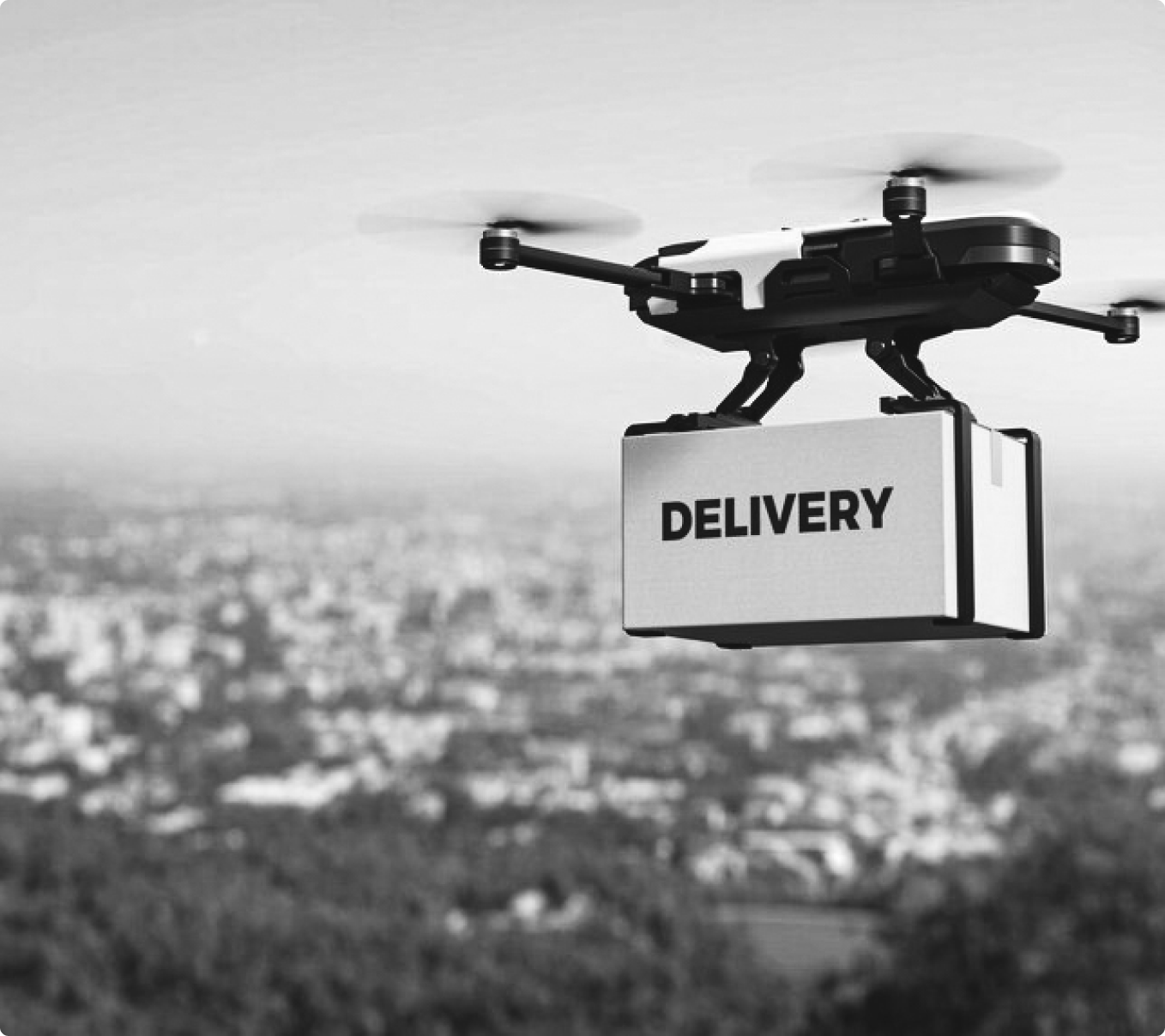
Commerce
Quick commerce makes use of convenience and speed, sending products to customers in as little as an hour or even minutes. These products usually consist of smaller items and everyday necessities like groceries and prescription drugs. The goal of accelerated commerce is to meet the demands of consumers for immediate delivery, which has led to a greater willingness among consumers to pay an additional fee for "same-day delivery."
Consumer expectations have changed as a result of rapid commerce; robots and drones are now the next big thing in convenient and speedy delivery, especially during situations of crisis. As a result, customers are becoming more and more dependable on prompt doorstep delivery, which puts retailers under more pressure to change to faster delivery methods and compete with one another.
Drones and robots, which see themselves as essential components of the fast commerce machine, mark the next stage of transportation development. By using autonomous robots or flying over obstacles, this technology can bypass traffic jams and physical barriers, making delivery times more rapid and effective.
Conclusion
In a world where convenience reigns supreme, robotics and drones have emerged as the unsung heroes of speedy, efficient delivery services. From revolutionising supply chains in mining to championing environmental sustainability, enhancing medical responses, aiding in disaster relief, and powering the rise of quick commerce, these technological marvels are reshaping the way we receive goods and services.
The days of awkward conversations with delivery personnel are fading, replaced by a seamless tapestry of precision and promptness. So, the next time you marvel at a drone overhead, remember that it's not just a gadget in the sky; it's a symbol of progress, making our lives easier, faster, and undoubtedly more fun! Cheers to a future where your packages arrive at the speed of innovation!



